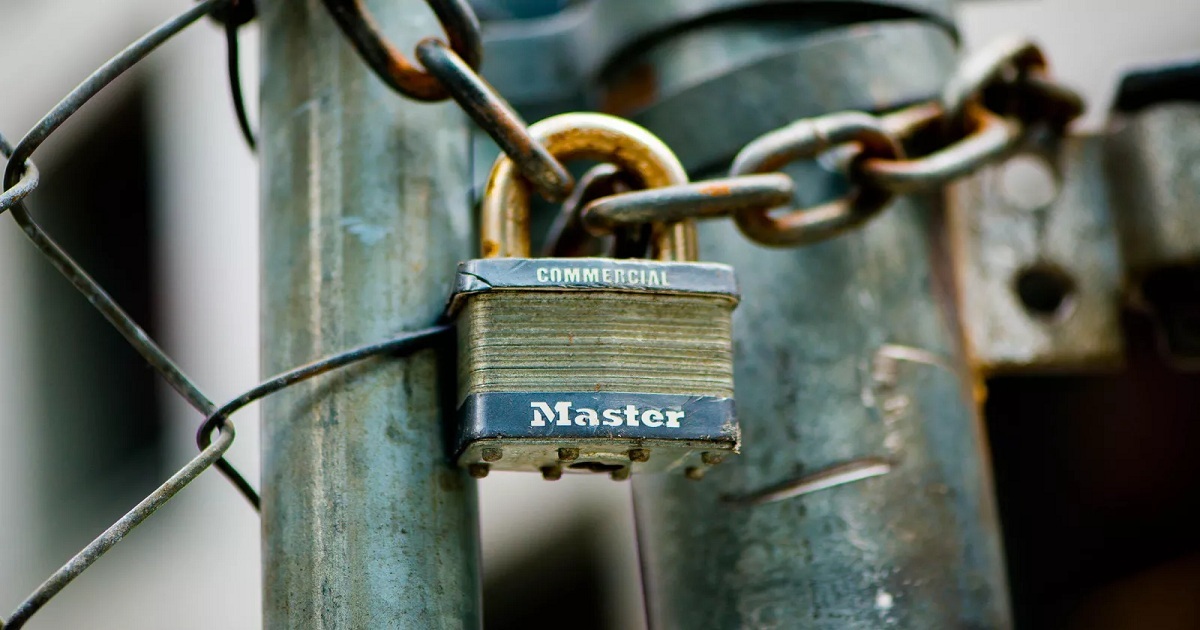Scam websites are using that green https padlock to fool you

You may have heard you should look for the padlock symbol at the top of a website before entering your password or credit card information into an online form. It's well-meaning advice, but new data shows it isn't enough to keep your sensitive information secure. As it turns out, fraudsters got wise and started adding the padlock, which until recently was a bright green in most browsers, to their websites too. That means a padlock is no guarantee that a website is safe. That's according to data from cybersecurity firm PhishLabs, first reported by security writer Brian Krebs, which shows that almost half of all fraudulent pages have a padlock -- meant to indicate that the site is secure -- next to the URLs of their websites. Scammers are taking advantage of the fact that many internet users rely on the padlock symbol to decide whether to trust a website, according to an October report from the Anti-Phishing Working Group.